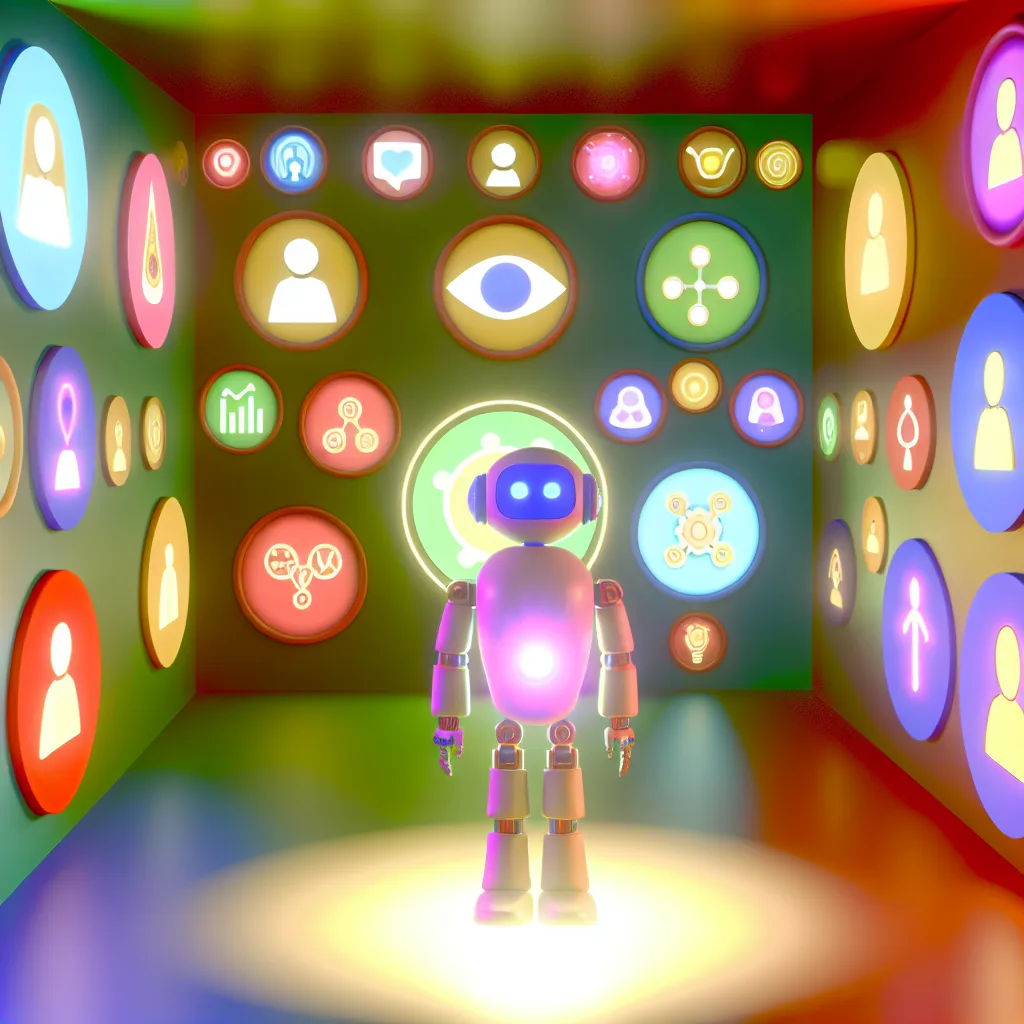Get to know reinforcement training environments and why they’re so important in AI today
If you’ve been following recent trends in AI, you’ve probably heard the term “reinforcement training environments” popping up quite a bit. But what exactly are reinforcement training environments, and why are they such a big deal in the AI space right now? Let’s break it down in a simple way, like I’m explaining it over coffee.
What Are Reinforcement Training Environments?
Reinforcement training environments are basically settings or worlds where AI agents can learn by trial and error. Think of them as playgrounds designed for AI to practice tasks, make decisions, and improve over time based on feedback.
Imagine teaching a dog a new trick. You reward the dog when it does the trick right and ignore or gently correct it when it doesn’t. Reinforcement Learning (RL) works similarly but with AI instead of dogs. The AI interacts with the environment, takes actions, and receives rewards or penalties, guiding it to learn the best strategies to achieve its goals.
Why Are These Environments Important?
Reinforcement training environments provide a safe space for algorithms to learn without real-world risks. For example, in robotics, testing a robot’s behavior in a simulated environment means errors won’t damage physical equipment or endanger humans. It’s also cost-effective compared to real-world trials.
Moreover, these environments can be customized to represent complex, dynamic scenarios — from simple games like chess to sophisticated simulations like autonomous driving. This adaptability helps AI handle real-life challenges more effectively.
How Do They Work?
In a reinforcement training environment, the AI agent observes the state of the environment, takes an action, and then gets feedback. This feedback comes in the form of rewards (positive outcomes) or penalties (negative outcomes). Over many iterations, the agent learns which actions lead to the best results.
For example, in a self-driving car simulation, the environment provides the car’s position, speed, and sensor data. If the AI drives safely and follows traffic rules, it earns rewards; if it crashes or breaks the rules, it gets penalties. The AI’s goal is to maximize its total rewards over time.
Popular Environments Used in AI Research
- OpenAI Gym: A toolkit for developing and comparing RL algorithms. It offers a wide range of environments, from simple control problems to Atari games.
- DeepMind Lab: A 3D learning environment designed for navigation and puzzle-solving tasks.
- Unity ML-Agents: A plugin for the Unity game engine to create rich, customizable learning environments.
These platforms help researchers and developers test AI in diverse scenarios and push the boundaries of what reinforcement learning can achieve.
Why You Should Care
Understanding reinforcement training environments gives you insight into how today’s AI systems get smarter. They’re the foundation that lets AI learn from its experiences rather than just following fixed rules.
This matters because it means AI can potentially adapt to new problems on its own — like robots learning to handle unpredictable situations or gaming AI becoming more challenging and fun.
Learn More
If you want to dive deeper, check out OpenAI Gym, which is a popular starting point for many AI enthusiasts. Also, explore the DeepMind research page to see how cutting-edge reinforcement learning is being applied.
Wrapping Up
Reinforcement training environments might sound complex, but at their core, they’re just classrooms for AI agents — places to learn by doing, making mistakes, and improving. They’re a vital piece of the AI puzzle right now because they help bridge the gap between theory and real-world applications in a practical and efficient way.
So next time you hear about reinforcement training environments, you’ll know they’re much more than just tech buzzwords — they’re how AI gets hands-on learning experience!
